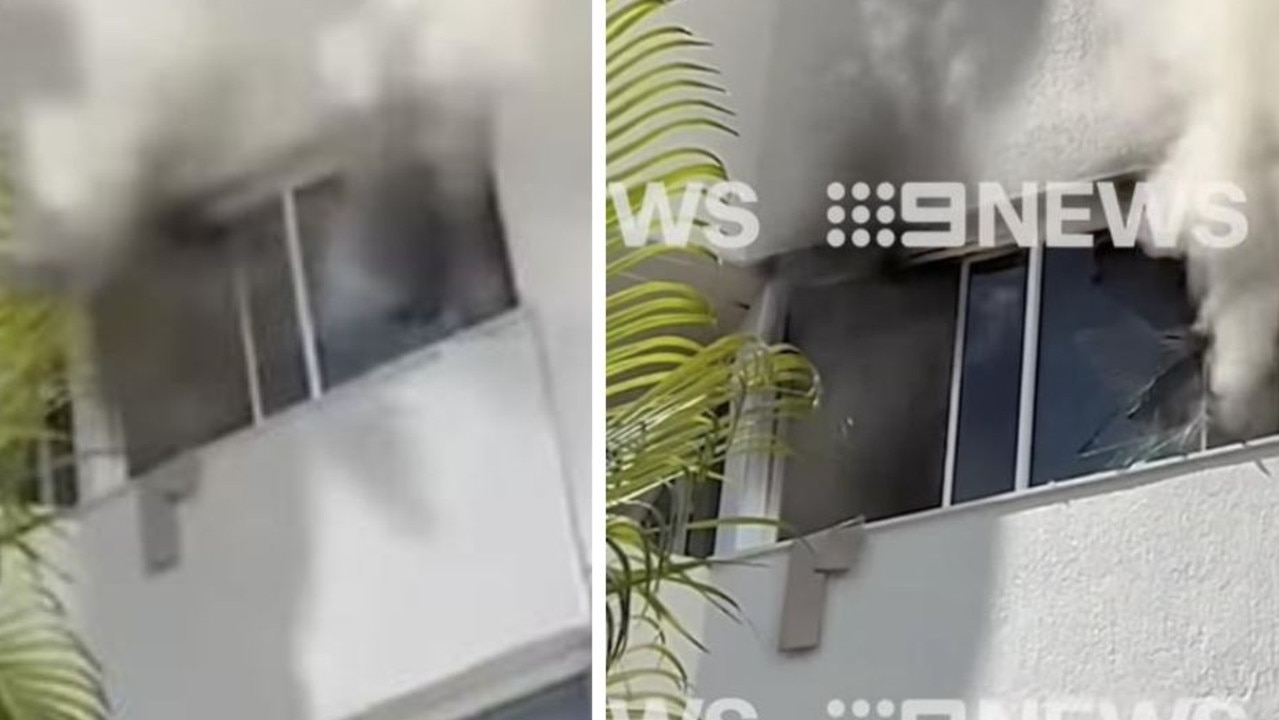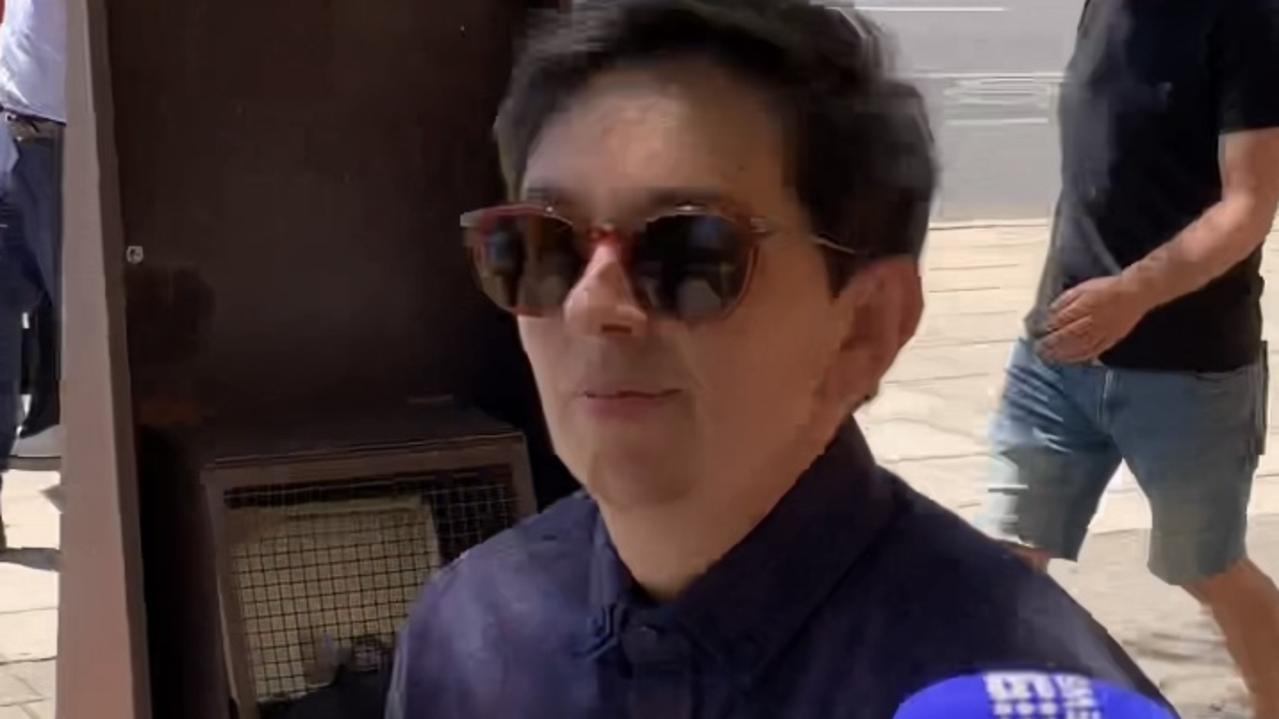The towns forced to pay $1 million a month just to stay alive as drought crisis worsens
Thousands of these trucks costing millions of dollars a month will soon be the only things keeping almost a dozen towns across Australia alive.

Drought-ravaged towns face having to rely on a massive convoy of water trucks at a cost of millions of dollars a month just to survive, as the drought crisis rages on with no end in sight.
Ten areas in regional New South Wales and southern Queensland are at high risk of running out of drinking water — a dire moment dubbed “day zero” — within the coming year.
Tenterfield Shire Council has forecast that it will need 1400 truckloads of water a month if its supply runs dry, with Mayor Peter Petty saying the town’s dam is at just 32 per cent.
A single bore is putting in one day’s supply for every two days it pumps, but local authorities are concerned it could fail sooner rather than later.
“If it does, it’ll be 200 days left of water and we don’t want that to happen,” Cr Petty said. “Then we’ll have to cart water in and we’d need 1400 trucks a month to get by.”
Just across the border in Queensland, Southern Downs Shire is also preparing to truck water between Warwick, which has about 17 months of water left, to nearby Stanthorpe, which is expected to hit its day zero by Christmas.
That mammoth task could cost between $1 million and $1.5 million per month, Mayor Tracy Dobie said.
“We haven’t had rain since March 2017. In the past, it rains here in summer. That hasn’t been the case for a while now.” she said.
“The issue we’re facing is the dams and creeks are all dry and so the inflows into our urban water storages have ceased.”
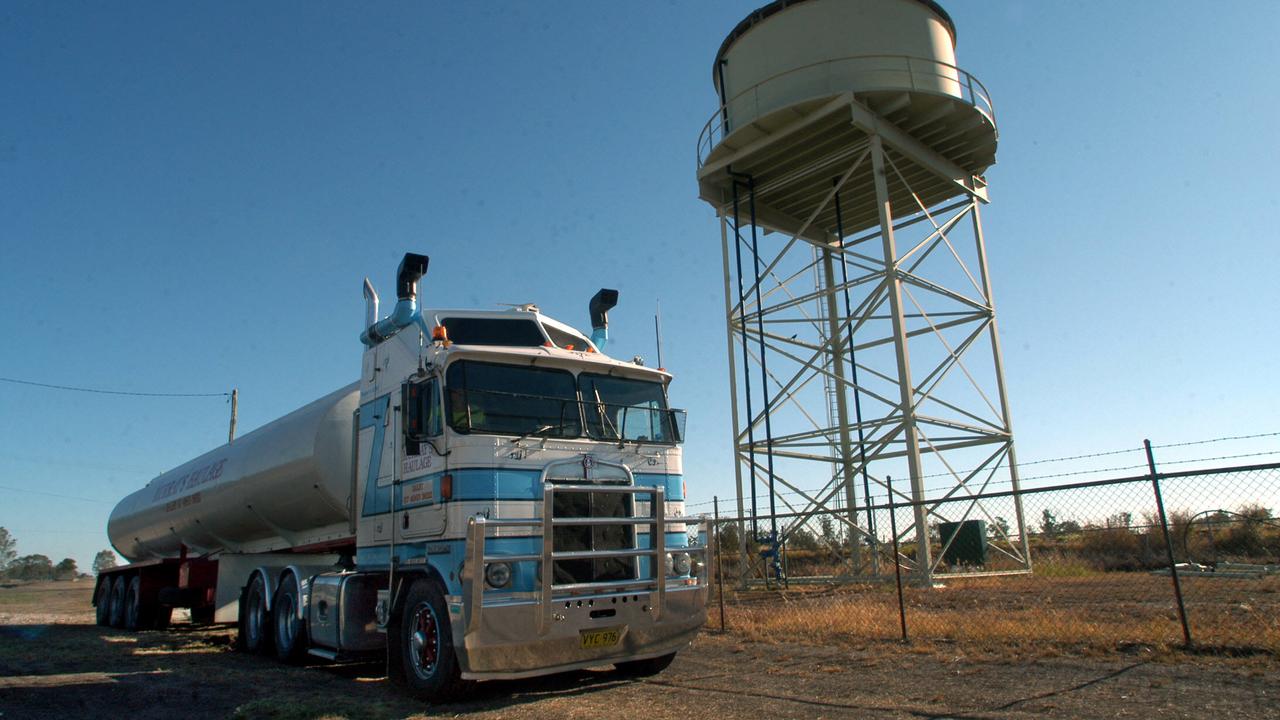
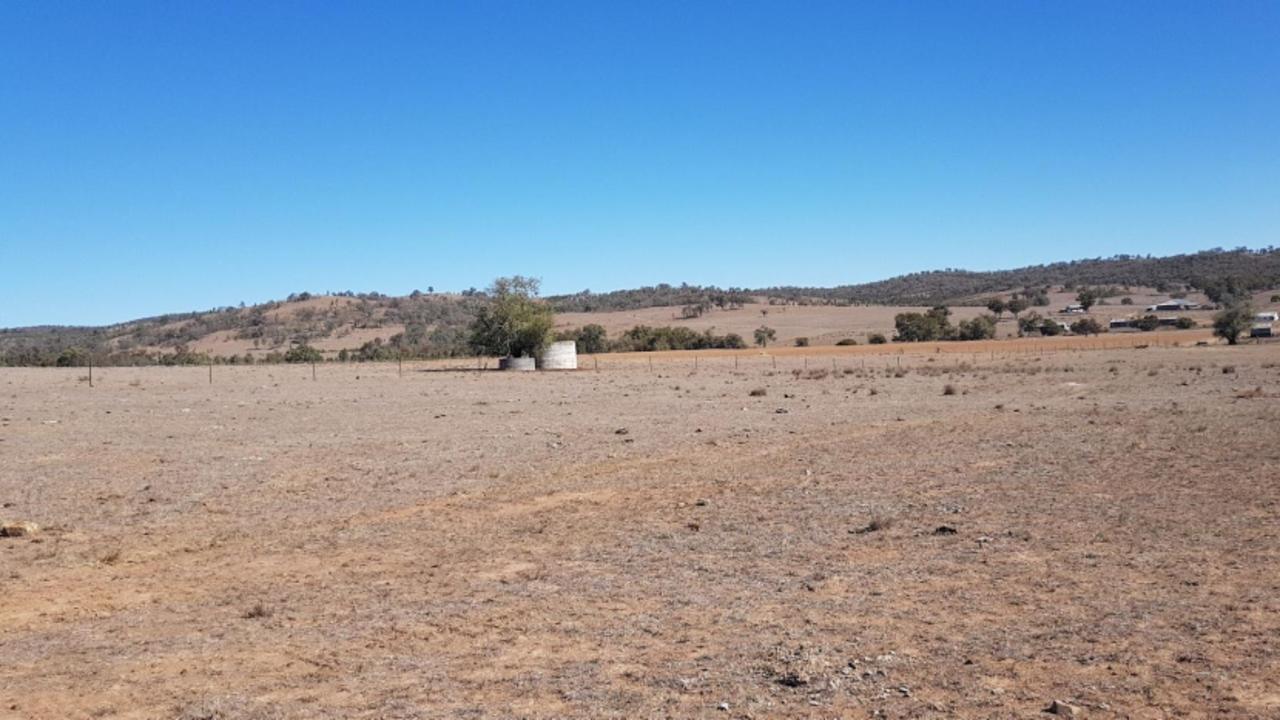
There’s no end in sight, with long-range forecasts from the Bureau of Meteorology warning of continued dryer than average months.
The Shooters Fishers and Farmers Party in NSW has called on the State Government to declare a natural disaster and has written an open letter to the lobby group NSW Farmers urging it to help develop a drought assistance package.
“We’re calling time on government policy that calls for farmers to be “better prepared”. Our farmers need cash in their pockets, not hollow words about planning” SFF Party leader Robert Borsak said.
RELATED: Devastating reality as drought continues its destruction in bush
Tenterfield, Stanthorpe and Warwick are three of the 10 towns identified as being at risk of hitting a day zero scenario, as the devastating dry run drags on.
Others making preparations for their own day zero scenarios are Tamworth, Orange, Dubbo, Armidale, Narromine, Cobar and Nyngan.
Local Government NSW president Linda Scott said some smaller centres in the state’s regions are already trucking water to top up dwindling supplies.
“It’s really that bad,” Ms Scott said.
“We already have regions where councils are providing water to townspeople. We’ve heard from a number of mayors who have a day zero that’s less than 12 months away, in some cases three or four months away, and in some areas possibly weeks.
“This is very serious. Carting water is going to be the only way some councils provide drinking water to people.”
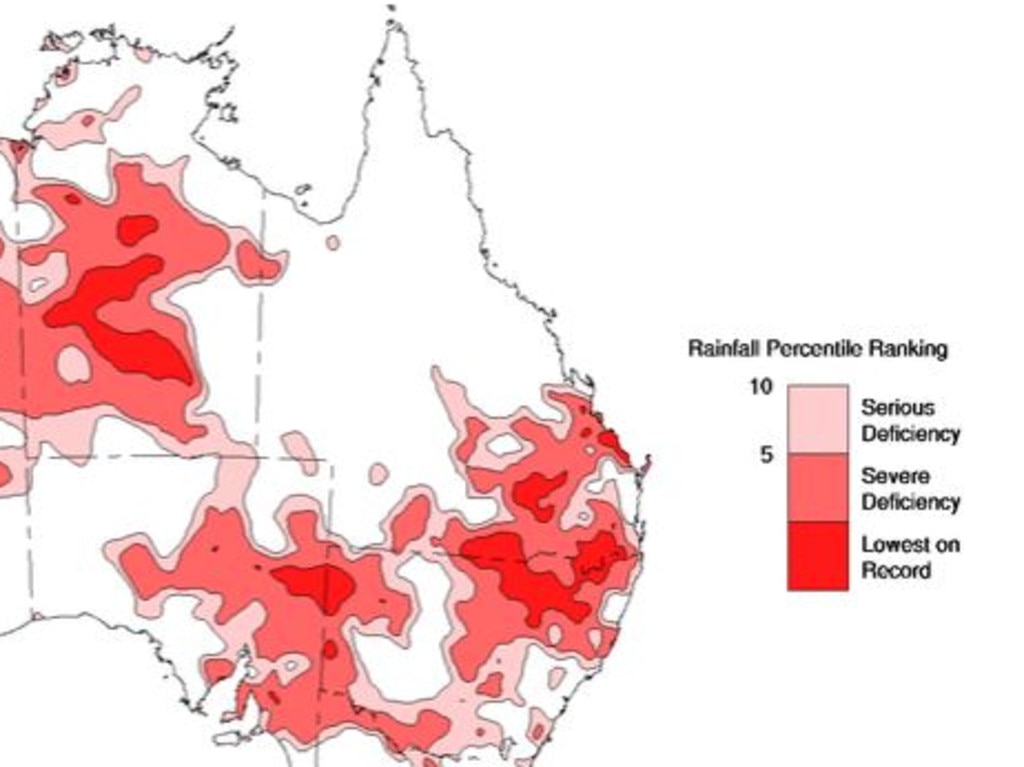
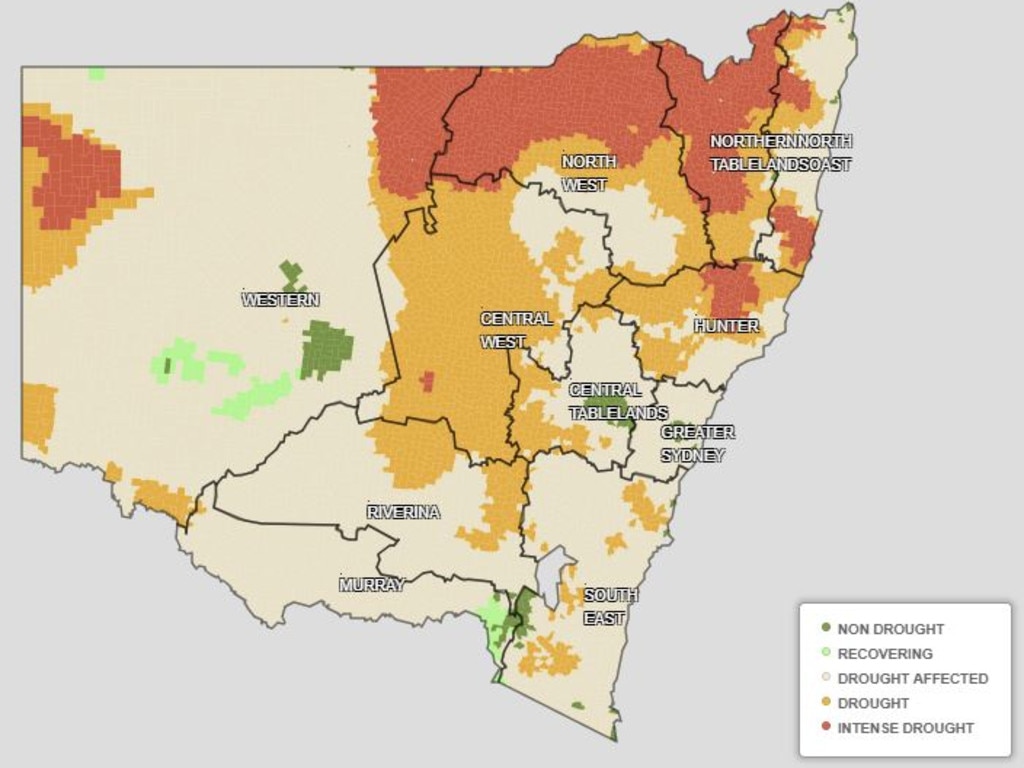
That means several hundred trucks on the roads each week ferrying drinking water to parched communities, she said.
“It’s tens of thousands of dollars at a time for those trucks,” Ms Scott said. “It’s very expensive.”
The problem is that these regional centres only have a modest number of ratepayers, so the cost of trucking water could see budgets quickly exhausted.
But it’s not just small towns struggling, Ms Scott said.
“When you start talking about towns like Dubbo needing to introduce significant water restrictions, we need to start thinking about we how get water not just to smaller and remote areas but also to some pretty major regional centres.”
RELATED: Daughter’s photo perfectly captures desperation of Aussie farmers
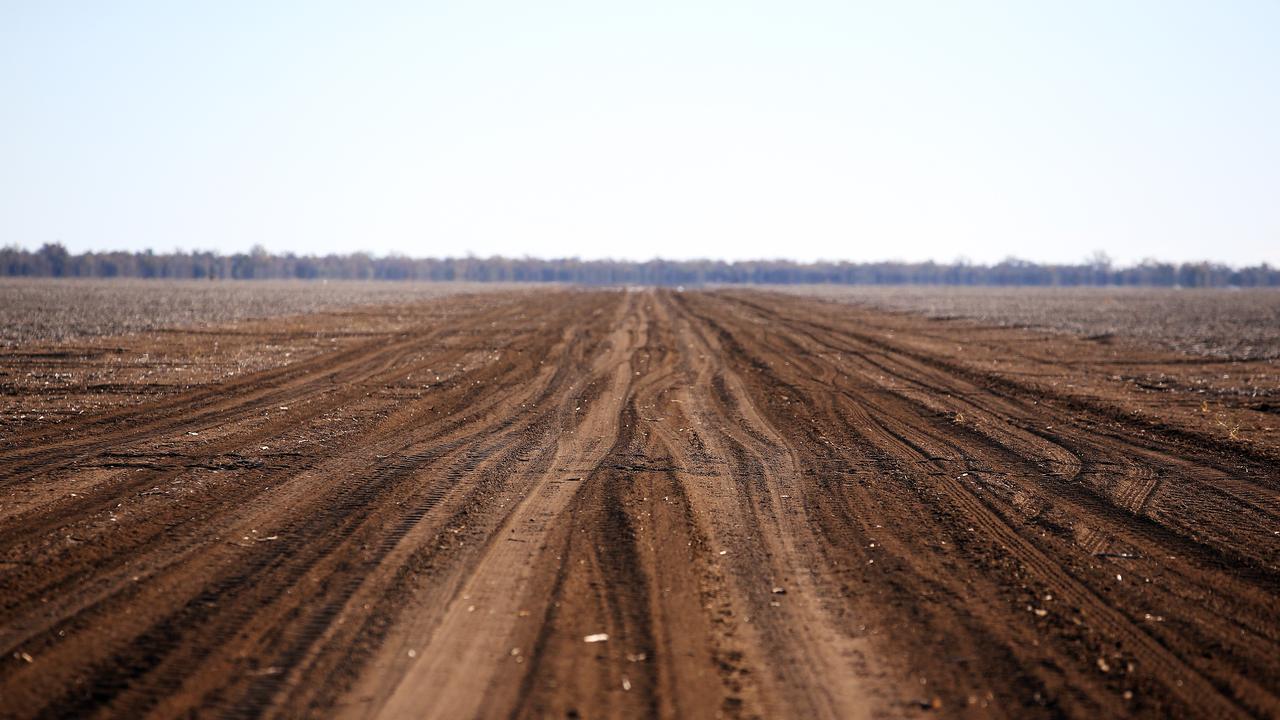
Extreme water restrictions are in place across NSW, which is currently 97 per cent drought-declared, and southern Queensland.
In the Southern Downs, residents are restricted to 120 litres per person, per day. Irrigators are already on restrictions imposed by the State Government.
“Short-term, right now, we’re facing a water crisis,” Cr Dobie said.
“We’ve put in place an emergency water plan. We’ve done everything we can to get resident water usage down as low as we possibly can.”



